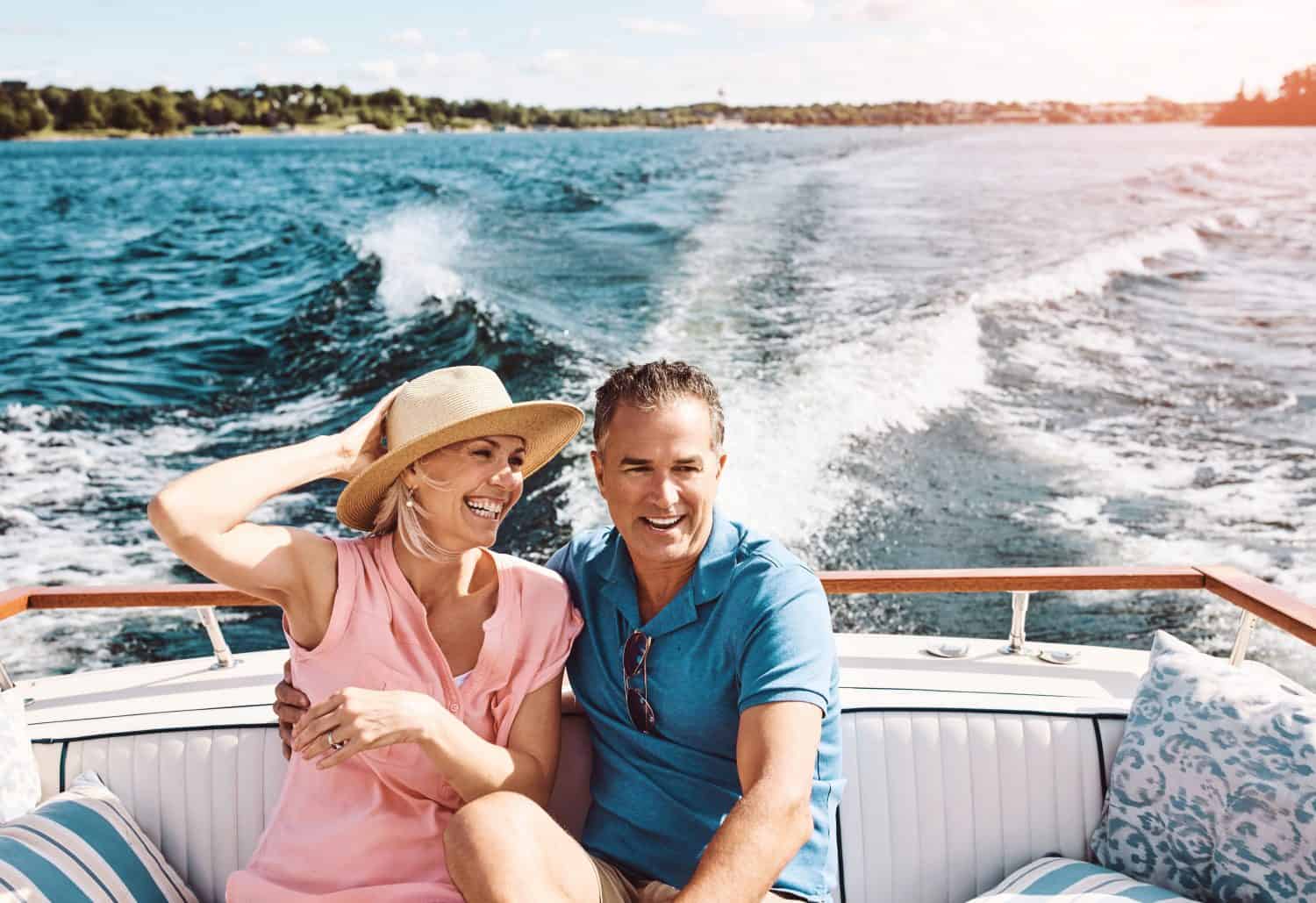Personal Finance
3 Things to Know About How Social Security Might Change in 2025

Published:

Millions of Americans take in Social Security checks every month, which help to cover the cost of essentials. As we all know, life is increasingly expensive. Inflation has ravaged most areas of society to a degree we haven’t seen in a long time, and that’s bled into the budgets of most Americans. Those who can afford it the least – those on fixed incomes – certainly have reason to look for some sort of light at the end of the tunnel.
As it happens, the Social Security Administration (SSA) adjusts their monthly payments to seniors once per year, each October. The so-called COLA, or cost of living adjustment, made to these payments is based on CPI inflation data on the fiscal third quarter. Thus, inflation levels impact more than just how the Federal Reserve adjusts its monetary policy; seniors are also impacted by these readings.
A number of top market experts, including analyst Mary Johnson, estimate a 2.5% rise in social security benefits for 2025. This increase will follow a 3.2% adjustment seniors saw last year, and the incredible 8.7% boost in payments that was seen during the peak of inflation in 2023.
Moving forward, here are three things to know about how social security might change in 2025.

The Social Security cost-of-living adjustment (COLA) for 2025 is expected to be smaller than in 2024 due to easing inflation. Recent inflation readings suggest U.S. consumer price inflation is coming in around 2.5%, which is getting very close to their overall 2% target. And while the Federal Reserve doesn’t expect to hit this target until 2026, pricing pressures which are increasingly being seen in the market could make it such that higher prices are the solution for higher prices – at some point, the consumer screams uncle and prices stay relatively flat.
We’ll have to see how inflation data come in over the course of the next few months and quarters. But if inflation continues to drop, this year’s likely 2.5% increase could be higher than next year’s, suggesting retirees may not have much to bank on when it comes to higher future monthly checks.
That’s perhaps a more dire view that many may take. Inflationary pressures could always pick up. And as the media says, the consumer is still strong. So, we’ll see.
But for now, most experts think that inflation will continue to come down over the course of the next year. If things do play out that way, that will mean an even smaller COLA moving forward.

In March, the Republican Study Committee (RSC) unveiled its fiscal year 2025 budget proposal, which suggested major cuts to Social Security. Comprising about 80% of House Republicans, the RSC’s proposals reflect key priorities for the party. A notable aspect of this plan is a proposal to raise the full retirement age (FRA) from 67 to 69, which would result in significant benefit reductions for many Americans.
Despite being largely unpopular with the public, this proposal has gained backing from far-right groups like the Heritage Foundation, which promotes the Project 2025 agenda.
It’s expected that full retirement age in 2025 could be delayed as a result of this legislation, which could take effect if republican candidate Donald Trump wins the election. While the democratic party has not put forward any specific legislation on this front, many do expect some changes in the future, as a result of how demographic shifts are affecting government spending outlays and the size of the budget deficit.
We’ll have to see if raising the retirement age is a policy position either party with truly pursue, to be honest. A large percentage of the voting public (that votes to a disproportionate level) happens to be in the age range that could be potentially affected by these changes. But with so many moving pieces on the political front, this is a concern many voters will most certainly voice as we approach Election Day.

One additional update to social security in the coming year will be a higher wage cap for social security taxes, as well as tighter restrictions on how social security credits are earned.
In order to qualify for retirement benefits, workers will be required to accumulate 40 work credits. According to current legislation, a maximum of four credits will be attainable each year. With the exact figure yet to be determined in terms of how the credit requirements may change, this is a factor retirees or those nearing retirement will want to pay close attention to. That said, overall retirement benefits are calculated based on lifetime earnings, so for most folks, this change will likely be inconsequential.
If the earnings cap is increased on payroll taxes (from the current limit of $168,600), this may help the cause. While this cap is expected to increase, there’s again little indication of what the increase may be. But given how wages have risen and how fast the budget deficit gap is growing from a social security standpoint, many experts believe this cap will be raised to help bridge the budget deficit gap in the near-term.
Are you ahead, or behind on retirement? For families with more than $500,000 saved for retirement, finding a financial advisor who puts your interest first can be the difference, and today it’s easier than ever. SmartAsset’s free tool matches you with up to three fiduciary financial advisors who serve your area in minutes. Each advisor has been carefully vetted and must act in your best interests. Start your search now.
If you’ve saved and built a substantial nest egg for you and your family, don’t delay; get started right here and help your retirement dreams become a retirement reality.
Thank you for reading! Have some feedback for us?
Contact the 24/7 Wall St. editorial team.